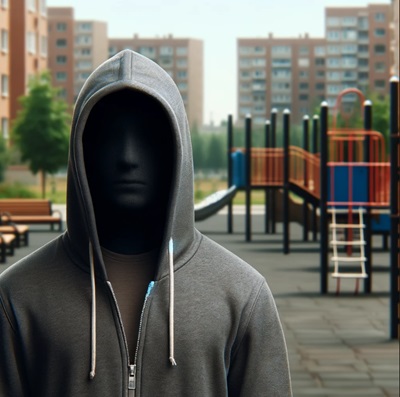The Persistent Problem of Recidivism in the U.S.
Life after prison introduces a myriad of difficulties for former inmates. Transitioning from a highly structured environment to the outside world poses significant hurdles. They face societal stigma, minimal job opportunities, financial hardship, homelessness, addiction, and mental health challenges. These factors significantly contribute to the United States’ high recidivism rates. To understand the severity of the recidivism issue, studies indicate that about 60% of released prisoners in the United States are re-arrested within three years.
The Negative Influence of Prison Networks
Incarceration often exposes individuals to more serious criminal elements. Inmates often enhance their criminal skills and form networks that can influence them negatively upon release. The skills and habits developed in prison increase the likelihood of re-offending and subsequent re-arrest.
Employment Barriers for Former Inmates
Job prospects are grim for ex-convicts. Research suggests that having a felony record reduces the likelihood of a job callback by 60%. This lack of employment opportunities often forces ex-convicts into poverty, driving them back to criminal activities for financial survival.
Inadequacy of Rehabilitation in Prisons
The prison system’s claimed focus on reform and rehabilitation often falls short. Many inmates report a lack of meaningful rehabilitation during their sentence. Furthermore, about 2 million individuals with addiction proiblems enter the U.S. jail system annually, but only approximately 15% of those needing treatment receive it in prison.
Unaddressed Mental Health Issues and Recidivism
A significant portion of inmates, around 33% of women and 16% of men, face serious psychiatric problems. However, the lack of adequate mental healthcare in prisons means these issues persist post-release, increasing the likelihood of re-offending due to unmanaged mental health conditions.
Difficulties in Adjusting to External Life
Long-term inmates often struggle with the transition to life outside prison. The lack strict rules that guided their decision-making process within prison walls can be overwhelming. This difficulty in adjustment can lead to substance abuse and crimes related to the difficulties in dealing with what
Reconnection with Criminal Circles Post-Release
Successful rehabilitation is hampered when ex-convicts reconnect with their former criminal associates. Building new, positive relationships is far from being easy, and the familiarity of old connections often pulls ex-convicts back into criminal activities.
Indications of Systemic Failure in the Criminal Justice System
The U.S. criminal justice system, indicated by its high recidivism rates, shows signs of fundamental flaws. The U.S., with only 5% of the global population, houses 25% of the world’s prisoners. This discrepancy and the annual economic burden of over $80 billion spent on correctional facilities highlight the system’s inefficiencies.
Strategies for Reducing Recidivism
Can the problem of recidivism can be solved? The answer is yes, but effective measures are necessary to address the root causes of this problem. These include reforming prison culture, prioritizing rehabilitation, increasing job opportunities for ex-convicts, adopting successful state practices and addressing mental health and addiction issues. Implementing these strategies can reduce recidivism, enhancing public safety and economic stability.
State with the Lowest Recidivism Rate
As of 2023, Virginia has the lowest recidivism rate of any U.S. state, with a rate of 20.6%. This is down from 23.1% the previous year. Virginia’s Department of Corrections provides effective re-entry and educational programming, as well as treatment during incarceration and community supervision after release, which are credited for the low recidivism.
South Carolina and Oklahoma also have relatively low recidivism rates at 21.9% and 22.6% in 2021, respectively. South Carolina provides housing assistance, job opportunities, and support services to help incarcerated individuals transition out of prison. It should be noted, however, that despite Oklahoma’s low recidivism rate, it has the second-highest incarceration rate in the U.S. after Louisiana.
This YouTube video discusses recidivism in the United States and its causes. Key points mentioned in the video include:
- Six out of 10 prisoners released in 2012 were rearrested within three years, indicating a high recidivism rate.
- Offenders often face the same circumstances that led to their initial offense, making it challenging to break the cycle of reoffending.
- Offenders with more education and vocational training are less likely to reoffend, emphasizing the importance of adult development programs.
- While rearrest rates within five years are still high, there’s a downward trend, possibly due to fewer arrests for minor offenses and increased efforts to reduce recidivism.
- Other countries like Norway prioritize restorative justice and rehabilitation, resulting in lower recidivism rates compared to the United States.










+ There are no comments
Add yours